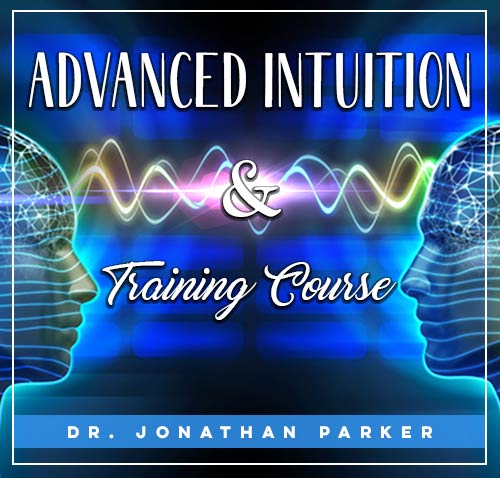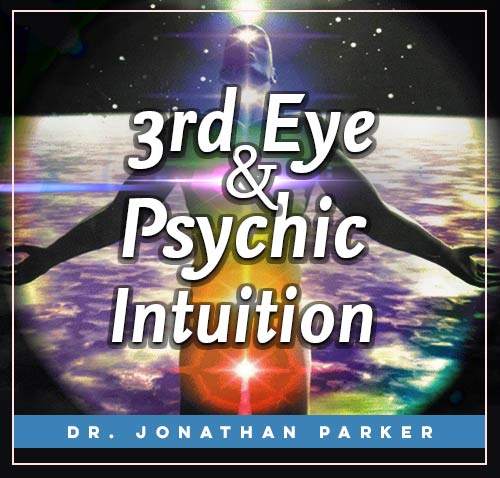How to Identify Physical and Psychological Attributes

Looking for more amazing products? Check out our online store and explore our collection here! Happy shopping!
Before diving in, please note: This post is for informational purposes only. If you’d like to know more about how we approach topics, feel free to check out our friendly Disclaimer Page.
Hey there, amazing readers! 
We’re committed to delivering quality posts, and your support (even just sticking around despite the ads) means everything to us. So, bear with us, and thanks for helping us keep the good vibes rolling. Now, on to the fun stuff!
TRANSLATE BUTTON AT THE END OF THE ARTICLE
A Quick Overview
Being able to identify physical and psychological attributes in others is a crucial skill that can help you understand people better and improve your communication with them.
By paying attention to various cues such as facial expressions, body language, speech patterns, and emotional reactions, you can gain valuable insights into a person’s personality, emotions, and mental state.
In this article, we will explore different ways to identify and interpret these attributes in others.
Understanding Physical Attributes
Physical attributes refer to the external characteristics of a person’s body, including height, weight, skin color, hair color, and facial features.
These attributes can provide valuable information about a person’s background, ethnicity, and overall health.
By observing physical attributes, you can make educated guesses about a person’s age, lifestyle, and genetic predispositions.
Recognizing Facial Expressions
Facial expressions are one of the most powerful tools for understanding someone’s emotions and thoughts.
By paying attention to facial cues such as smiles, frowns, raised eyebrows, and squinted eyes, you can gauge a person’s mood and intentions.
For example, a furrowed brow may indicate confusion or concern, while a genuine smile can signify happiness or amusement.
Analyzing Body Language
Body language encompasses a wide range of nonverbal cues, including posture, gestures, and movements.
By observing how a person holds themselves, gestures with their hands, or shifts their weight, you can gain insight into their emotional state and level of comfort.
Closed-off body language, such as crossed arms and averted gaze, may indicate defensiveness or discomfort, while open and relaxed body language suggests confidence and ease.
Identifying Personality Traits
Personality traits are enduring patterns of thoughts, feelings, and behaviors that make each person unique.
By paying attention to how someone interacts with others, handles stress, and expresses their emotions, you can start to piece together their personality profile.
For example, a person who is outgoing and sociable may have extroverted tendencies, while someone who is reserved and introspective may lean towards introversion.
Observing Speech Patterns
Speech patterns, including tone of voice, pace of speech, and choice of words, can provide valuable insights into a person’s emotions and cognitive processes.
A fast-paced, loud voice may indicate excitement or agitation, while a slow, soft voice may suggest calmness or sadness.
Additionally, the use of specific language patterns or phrases can reveal underlying attitudes, beliefs, and cultural influences.
Noticing Behavioral Patterns
Behavioral patterns refer to the consistent ways in which a person acts or reacts in various situations.
By observing how someone responds to challenges, interacts with others, or handles stress, you can start to identify recurring patterns in their behavior.
For example, a person who consistently avoids conflict may have a conflict-averse personality, while someone who seeks out new experiences may have a more adventurous nature.
Assessing Emotional Reactions
Emotional reactions are immediate responses to internal or external stimuli, such as joy, sadness, anger, or fear.
By paying attention to how someone reacts to different situations, you can gain insight into their emotional resilience, coping mechanisms, and underlying emotional needs.
For example, a person who easily becomes frustrated or angry may have difficulty managing their emotions, while someone who remains calm and composed under pressure may have strong emotional regulation skills.
Recognizing Cognitive Abilities
Cognitive abilities refer to a person’s mental processes, including attention, memory, reasoning, and problem-solving skills.
By observing how someone processes information, solves problems, and makes decisions, you can start to assess their cognitive strengths and weaknesses.
For example, a person who is quick to grasp new concepts and solve complex problems may have strong cognitive abilities, while someone who struggles with memory or reasoning tasks may have cognitive challenges.
Interpreting Eye Contact
Eye contact is a powerful nonverbal cue that can convey a wide range of emotions and intentions.
By observing how someone uses eye contact during conversations, you can gather valuable information about their level of engagement, honesty, and confidence.
Direct eye contact is often associated with attentiveness and sincerity, while averted gaze or excessive blinking may indicate discomfort or deception.
Understanding Posture
Posture refers to the way in which a person holds their body while sitting, standing, or moving.
By observing someone’s posture, you can glean insights into their level of confidence, mood, and comfort.
Slouched or hunched posture may suggest low self-esteem or fatigue, while upright and open posture indicates confidence and assertiveness.
Analyzing Gestures
Gestures are expressive movements of the hands, arms, and body that can convey meaning and emotions.
By paying attention to someone’s gestures, you can gain additional information about their thoughts, feelings, and intentions.
For example, a person who gestures emphatically while speaking may be passionate or enthusiastic, while someone who keeps their hands close to their body may be reserved or cautious.
Identifying Mental Health Indicators
Mental health indicators are subtle cues that can reveal underlying psychological issues or emotional distress.
By observing changes in behavior, mood, or cognitive functioning, you can identify potential signs of mental health problems such as depression, anxiety, or trauma.
Symptoms such as social withdrawal, irritability, changes in sleep or appetite, and difficulty concentrating may indicate the need for professional support and intervention.
Conclusion
Identifying physical and psychological attributes in others requires keen observation, empathy, and an understanding of human behavior.
By paying attention to cues such as facial expressions, body language, speech patterns, and emotional reactions, you can gain valuable insights into a person’s personality, emotions, and mental state.
Developing this skill can help you build stronger relationships, improve communication, and enhance your overall understanding of the people around you.
Remember to approach this task with sensitivity, respect, and a willingness to listen and learn from others.

The Enlightenment Journey is a remarkable collection of writings authored by a distinguished group of experts in the fields of spirituality, new age, and esoteric knowledge.
This anthology features a diverse assembly of well-experienced authors who bring their profound insights and credible perspectives to the forefront.
Each contributor possesses a wealth of knowledge and wisdom, making them authorities in their respective domains.
Together, they offer readers a transformative journey into the realms of spiritual growth, self-discovery, and esoteric enlightenment.
The Enlightenment Journey is a testament to the collective expertise of these luminaries, providing readers with a rich tapestry of ideas and information to illuminate their spiritual path.
Our Diverse Expertise
While our primary focus is on spirituality and esotericism, we are equally passionate about exploring a wide range of other topics and niches 

To ensure we provide the most accurate and valuable insights, we collaborate with trusted experts in their respective domains 
Our blog originally focused on spirituality and metaphysics, but we’ve since expanded to cover a wide range of niches. Don’t worry—we continue to publish a lot of articles on spirituality! Frequently visit our blog to explore our diverse content and stay tuned for more insightful reads.
Hey there, amazing reader! 
Check out our store here and take a peek at some of our featured products below! Thanks for being awesome!














